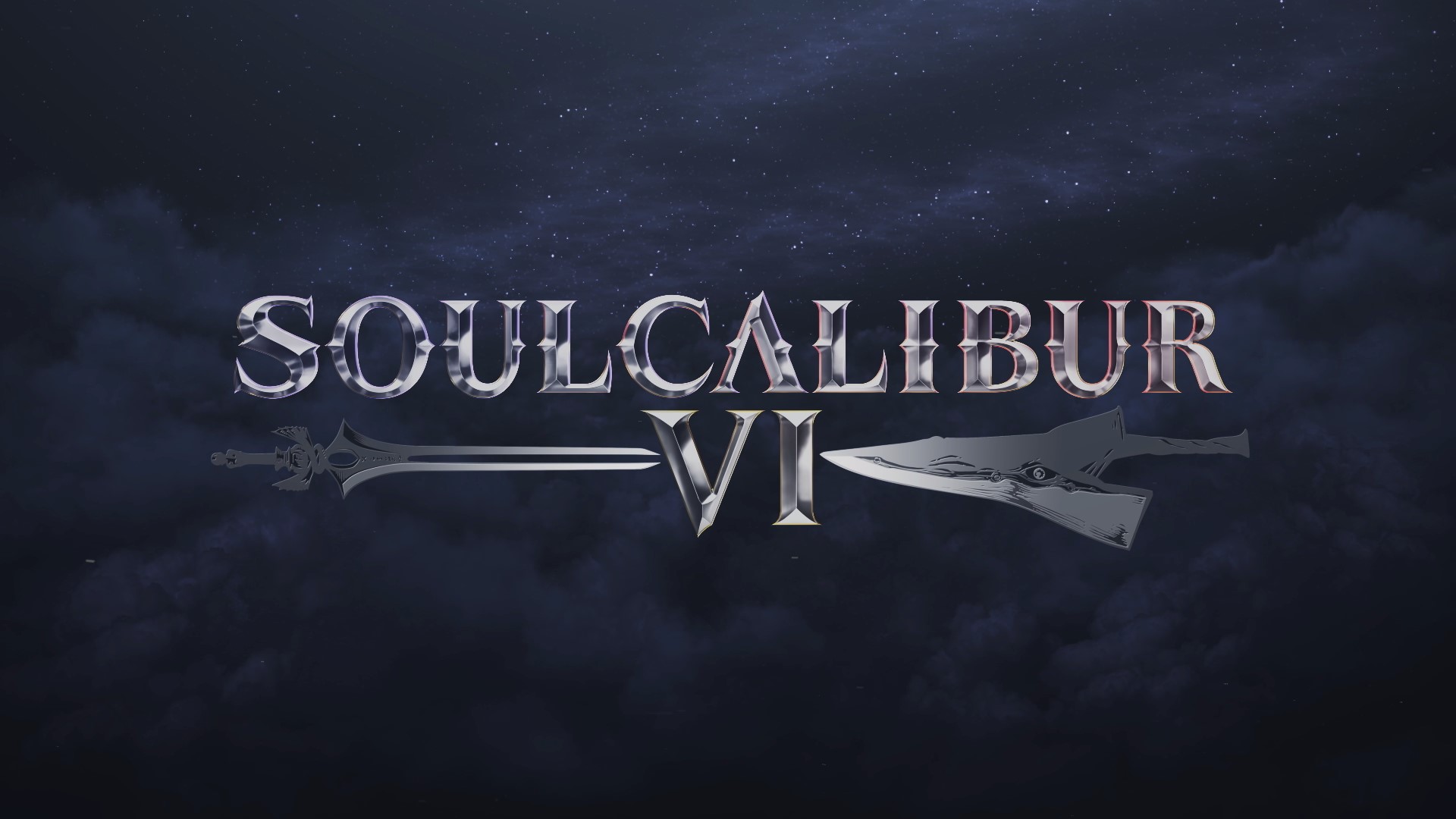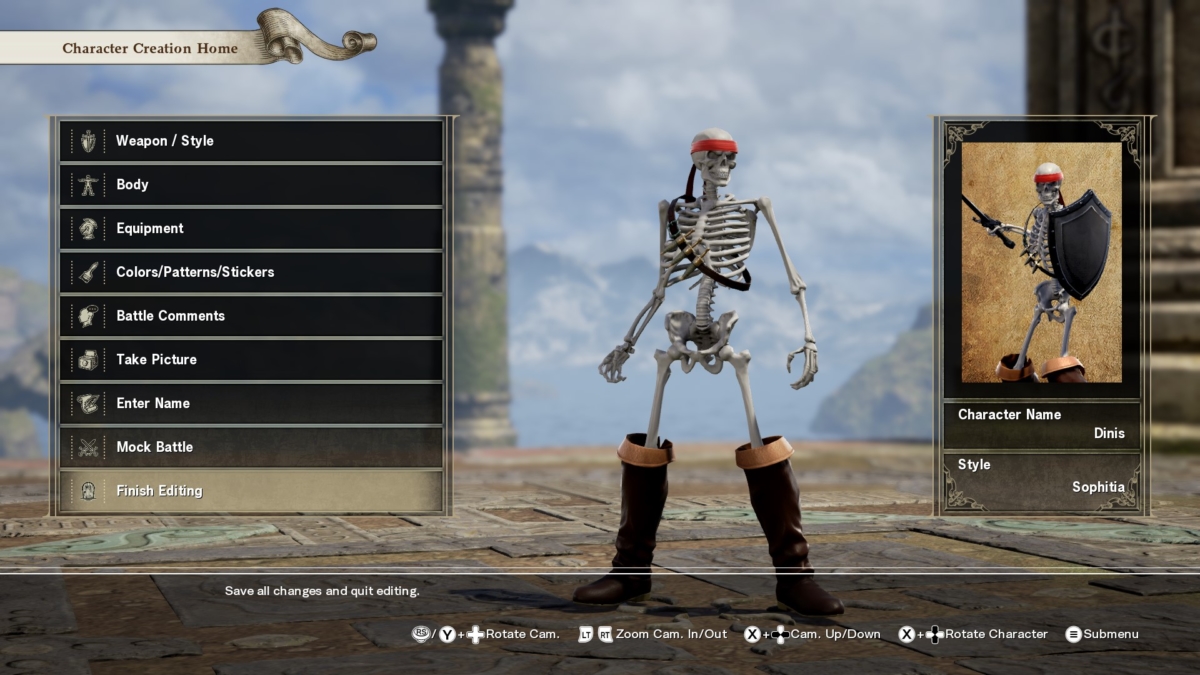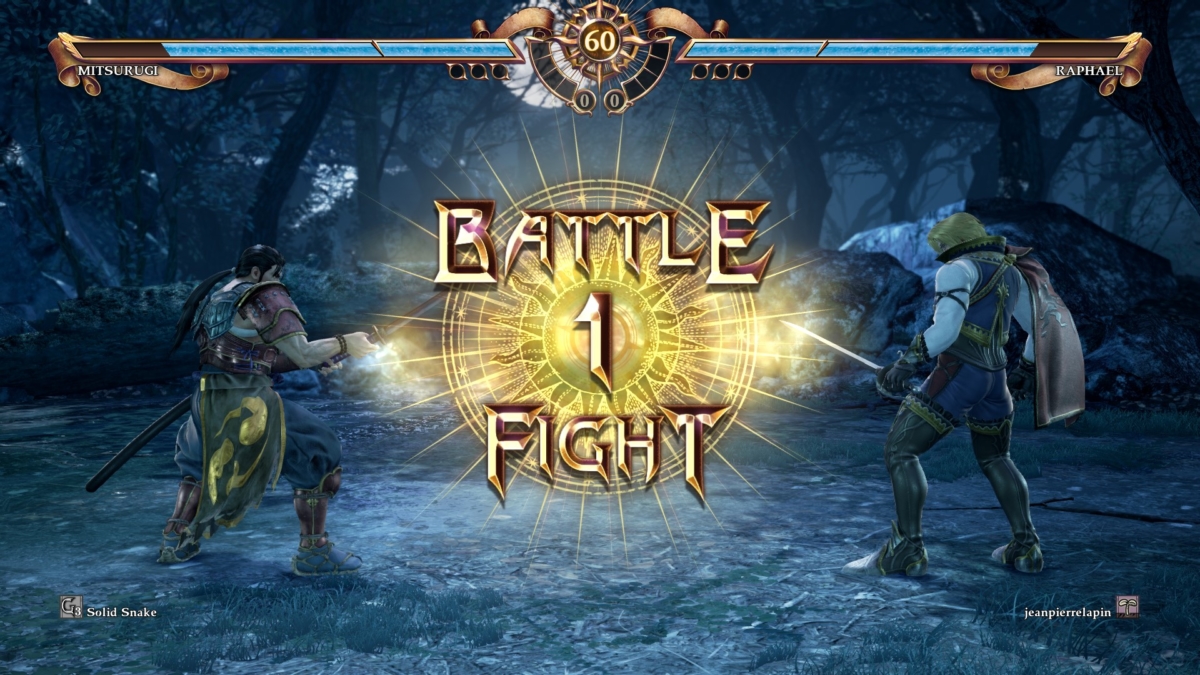Review: SoulCalibur VI is a return to form for a legendary series
7 min. read
Updated on
Read our disclosure page to find out how can you help MSPoweruser sustain the editorial team Read more

Reviewed on PC
It’s been almost 21 years since SoulCalibur was first released; its 8-way combat catching the attention of thousands around the world. Over time Bandai Namco has built themselves a fighting game franchise, with some entries just missing the mark, that can stand amongst the “greatest fighting games of all time”. Where does SoulCalibur VI find itself on this scale? I’m happy to say that not only is it an excellent game, it might be the best SoulCalibur game in years.
As for the range of characters, you couldn’t reasonably expect a better selection. With 21 available at launch (and one DLC character available to those who pre-ordered or are willing to cough up a little bit more dosh) you’re bound to find someone that suits your tastes. You like Samurai? Mitsurugi is the one for you. Fancy yourself handy with a whip (no judgments here) then Ivy’s a good place to start.
[shunno-quote]Fancy yourself handy with a whip (no judgments here) then Ivy’s a good place to start.[/shunno-quote]
As for stages, SoulCalibur VI comes with a humble selection of 11 for players to do battle on. While this admittedly is an area SoulCalibur VI is weak in, each stage has a variety of ring-out properties –some stages have chasms on all sides, while others are surrounded by walls on all sides. It would have been nice if the game offered players an option to add/take away stage barriers, similarly to how Smash Brothers allows for Omega versions of all their stages, however, this is a minor nitpick on the otherwise well-made arenas.
Is the look of your favorite fighter not quite right? Luckily for you, the sheer range of customization available provides players with the ultimate opportunity for self-expression. The uncomplicated interface allows literally anyone to take whatever character ideas they have and bring them to life in game, be it a knight in shining armour or a mummy martial artist. In 15 minutes, I was able to create a character that (somewhat) resembles Spinal from the Killer Instinct series. Given more time and some artistic talent, it’s certain that some truly great characters can be made here. If you’re pretty chuffed about what you’ve made, you can upload your creation for other players to download and mess around with; likewise, if you struggle with making something yourself, the massive selection of player-made fighters is available to you.
Alongside the traditional versus mode and SoulCal’s iconic character creator, comes two full-fat story modes to play around with. The first is Soul Chronicle mode which contains not only a main story which follows Killik’s quest to destroy Soul Edge, but individual missions for every character in the game. Missions typically feature art and text conversations between characters that covey what’s going on, followed by a fight that may have an additional challenge such as starting with less health. Occasionally, you’re presented with an in-game cinematic for important story moments.
While it would’ve been nice to have more of these throughout the game, especially considering the amount of time you spend watching conversations rather than actually fighting, when they show up they’re done well. This is not to say that the numerous conversations in the story are boring or badly done, in fact, with the help of beautiful art, top-notch writing and excellent voice acting they keep you interested in what’s going on despite the lack of action.
The Libra of Soul mode is the second half of the game’s story content. It came as a surprise, as I honestly didn’t expect to find an RPG style story mode hidden in my 3D fighting game. This separate story mode has you create a character to explore the world of SoulCalibur VI, coming across the roster of main characters along the way. It’s not just a lazy linear story either, Libra has a morality system, items, a mercenary system where you have other characters fight for you and a massive amount of side quests. For those looking for a fighting game that’ll last them a while, Libra of Souls will certainly eat up dozens of hours if you want it to.
The arcade mode is fairly standard and unremarkable, unfortunately, but you can’t have a fighting game without it. You chose your fighter, and fight through eight consecutive AI battles, in an attempt to clear the multiple stages as quickly as possible. Your reward for doing so are titles, which you can equip onto your account for other players to see online. The lack of cutscenes or even an ending text scroll is disappointing, but it’s a simple feature that many value highly. For what it’s worth, it’s presence in the game is appreciated, but you leave the mode hoping for a little more flair.
SoulCalibur VI’s online, the meat of any fighting game, was overall a great experience with an asterisk. It’s great to be able to fight other players online in the game’s ranked or casual mode, but your experience will vary greatly depending on the connection of you and your opponent. If you’ve got great internet, then you’ll have a blast; if your connection isn’t stable, then lag is commonplace. Thankfully, you can set your game settings to only match with people with a good connection, but you’re bound to run into a laggy match eventually. Another small issue is the lack of online modes, as SoulCalibur VI only features the aforementioned ranked and casual modes, which is frankly the bare minimum you’d expect.
For those wanting a closer look at the characters, story and art included throughout the game, the museum offers players a huge amount of extra content to dig into. Missed a previous installment in the series? The gallery section contains over 700 entries, mostly being art from previous games so you can check out what your favorite character looked like at your leisure. For players who aren’t interested in the artistic side of SoulCalibur, the museum is still worth visiting due to it’s ‘combat lessons’ section, which provides universal and character specific advice for players at a range of skill levels. In an age where it’s the norm to find a community online to help you improve, and where fighting games have traditionally left players to figure it out on their own, it’s nice to see the developers giving players guidance rather than leaving players for the wolves.
You may not think the music in a game like this would matter much, but the soundtrack helps add to the epic tone the game tries to establish with their world-spanning story and roster of powerful characters. Songs like Myriad Souls – used in the astral chaos stage – really add to the intensity of the action and can certainly make a nail-biting online match even tenser. What Bandai Namco’s Tekken 7 was for the electronic music genre, SoulCalibur VI is for the classical genre; they again knock the audible aspect of their game out of the park.
All in all, if you have any interest in picking up a good fighting game this October, SoulCalibur VI is an amazing choice. With the exception of a few small issues, and lacking content in some areas, SoulCalibur VI is something I can wholeheartedly recommend to everyone.











User forum
0 messages